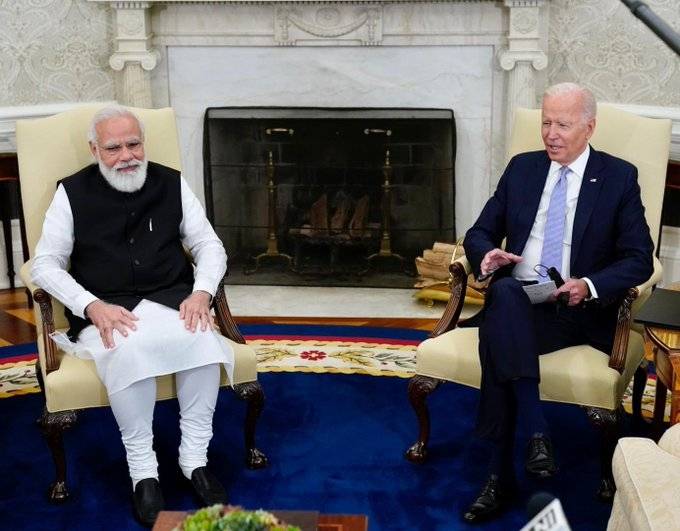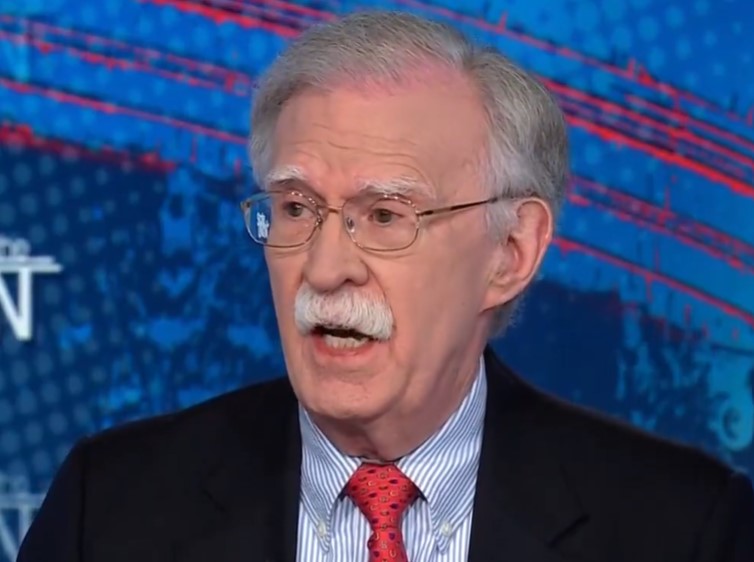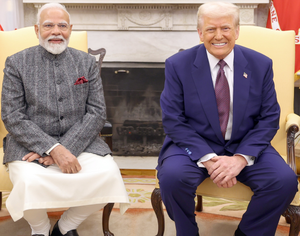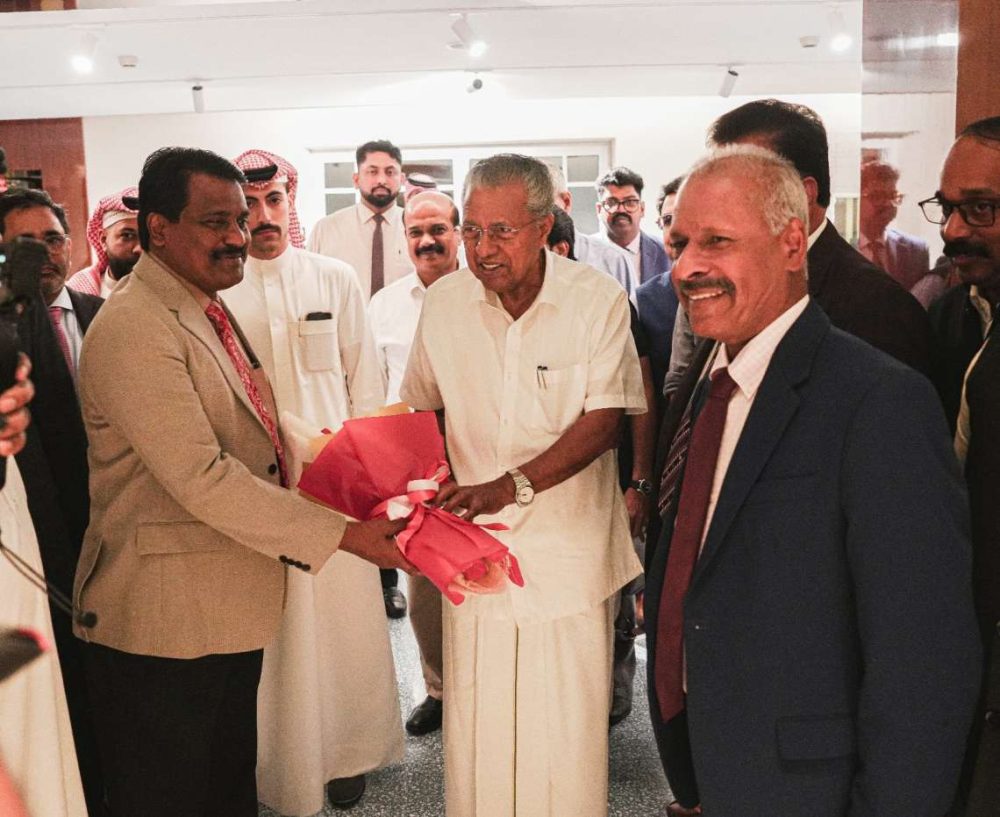Jesse Salazar, the US Deputy Assistant Secretary of Defence for Industrial Policy, and Anurag Bajpai, India’s Joint Secretary for Defence Industries, co-chaired the Expo held in partnership with the US-India Strategic Partnership Forum and the Society of Indian Defence Manufacturers, reports Arul Louis
Indian and US defence officials and business people have focused on partnering in space and Artificial Intelligence (AI) at a virtual expo, according to the US Department of Defence (DoD).
The Second Defense Technology and Trade Initiative Industry Collaboration Forum (DICF) Virtual Expo held on Monday “focused on securing supply chains in critical sectors such as semiconductors and partnering for innovation in emerging domains, such as AI and space”, DoD Spokesperson Jessica Maxwell said.
Jesse Salazar, the US Deputy Assistant Secretary of Defence for Industrial Policy, and Anurag Bajpai, India’s Joint Secretary for Defence Industries, co-chaired the Expo held in partnership with the US-India Strategic Partnership Forum and the Society of Indian Defence Manufacturers.
Maxwell said: “The DICF, a cornerstone of the US-India Defence Technology and Trade Initiative (DTTI), aims to deepen industrial cooperation between the US and India by identifying opportunities to jointly research, develop, and produce warfighting capabilities.”

Salazar was joined in the discussion by Michael Vaccaro, the DoD acting Executive Director for International Cooperation, and senior executives from US and Indian companies, she said.
As India and the US strengthen their strategic cooperation, DTTI has assumed an important role, which was reiterated by Prime Minister Narendra Modi and President Joe Biden at their Washington summit in September.
In their joint statement after their meeting, they called upon the government and private stakeholders “to use the existing ecosystems of innovation and entrepreneurship in defence industries for co-development, co-production and expanding mutual defence trade”.
Modi and Biden mentioned the recent project to co-develop air-launched unmanned aerial vehicles (UAVs) under the DTTI and said they “encouraged more such efforts”.
Modi has said that under the ‘Aatmanirbhar Bharat’ initiative of boosting domestic industries he wants to make India a hub of defence manufacturing and export and for this US collaboration could play a key role.
To facilitate deeper cooperation in defence industry, the two countries held a “summit” starting in late September on the Industrial Security Agreement (ISA) summit.
Bajpai and David Paul Bagnati, the Assistant Director for Defence Technology Security Administration, led the meeting to develop a protocol for the exchange of classified information between the defence industries of both nations.
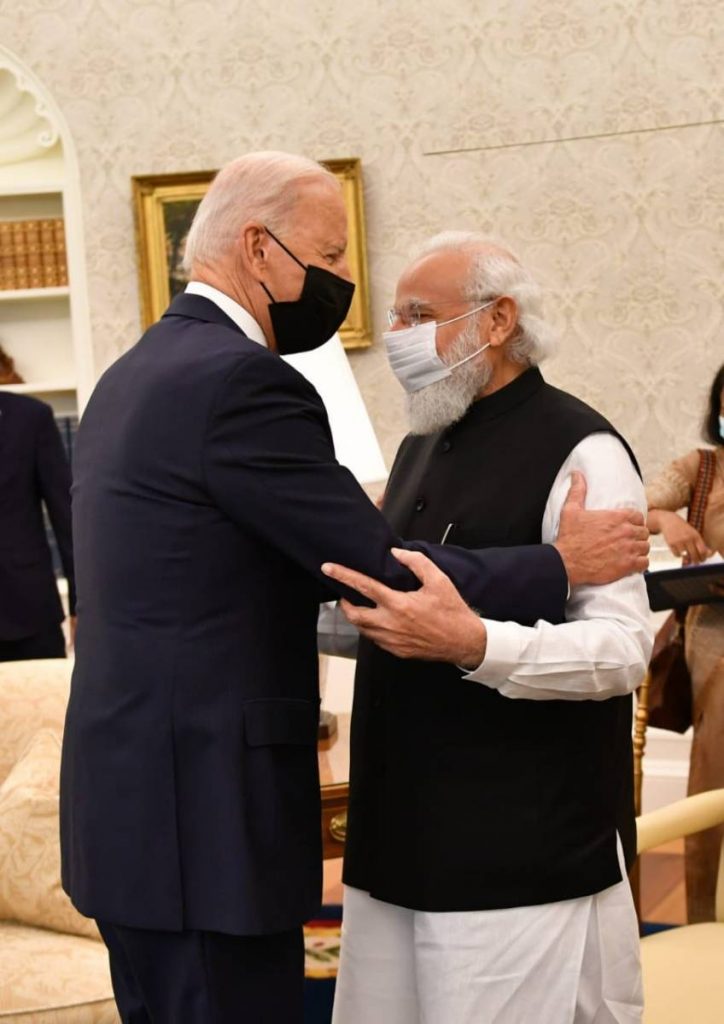
Closer defence ties
The Indo-U.S. defence ties have been on an upswing in the last few years. In June 2016, the U.S. had designated India a “Major Defence Partner”.
The two countries have also signed key defence and security pacts over the past few years, including the Logistics Exchange Memorandum of Agreement (LEMOA) in 2016 that allows their militaries to use each other’s bases for repair and replenishment of supplies as well as provides for deeper cooperation.
The two sides also signed COMCASA (Communications Compatibility and Security Agreement) in 2018 that provides for interoperability between the two militaries and provides for the sale of high-end technology from the U.S. to India.
In October last year, India and the U.S. sealed the BECA (Basic Exchange and Cooperation Agreement) agreement to further boost bilateral defence ties.
The pact provides for sharing of high-end military technology, logistics and geospatial maps between the two countries.
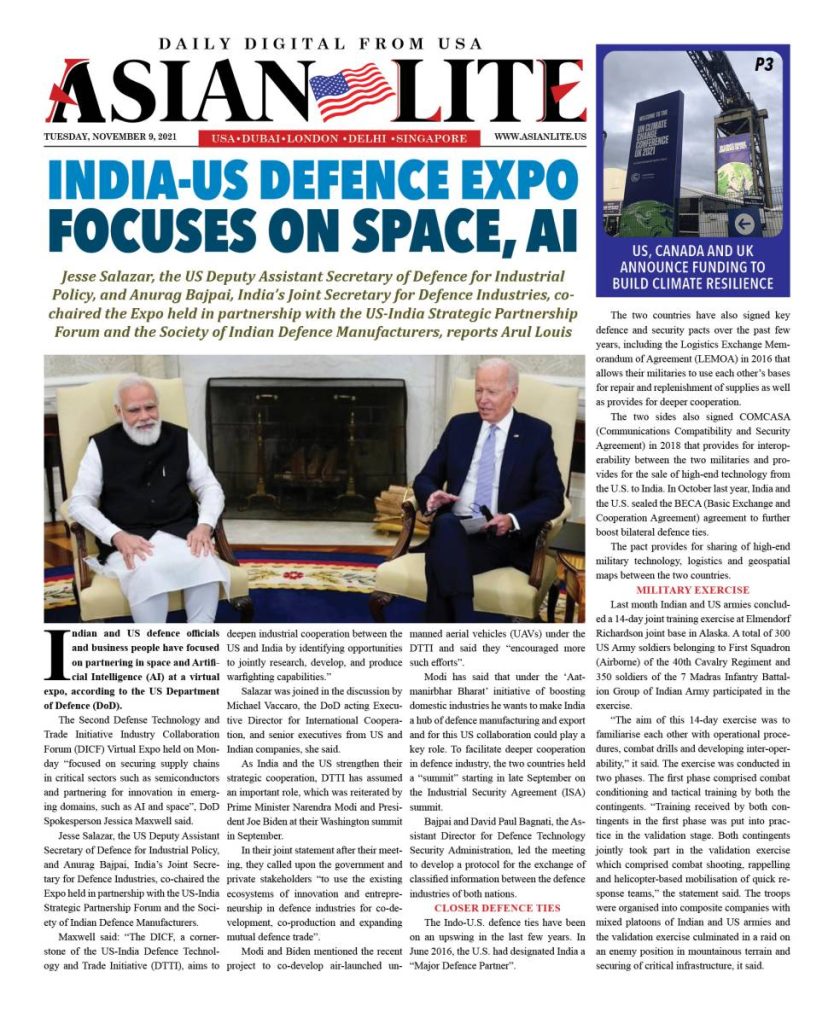
Military exercise
Last month Indian and US armies concluded a 14-day joint training exercise at Elmendorf Richardson joint base in Alaska. A total of 300 US Army soldiers belonging to First Squadron (Airborne) of the 40th Cavalry Regiment and 350 soldiers of the 7 Madras Infantry Battalion Group of Indian Army participated in the exercise.
“The aim of this 14-day exercise was to familiarise each other with operational procedures, combat drills and developing inter-operability,” it said. The exercise was conducted in two phases. The first phase comprised combat conditioning and tactical training by both the contingents. “Training received by both contingents in the first phase was put into practice in the validation stage. Both contingents jointly took part in the validation exercise which comprised combat shooting, rappelling and helicopter-based mobilisation of quick response teams,” the statement said. The troops were organised into composite companies with mixed platoons of Indian and US armies and the validation exercise culminated in a raid on an enemy position in mountainous terrain and securing of critical infrastructure, it said.


